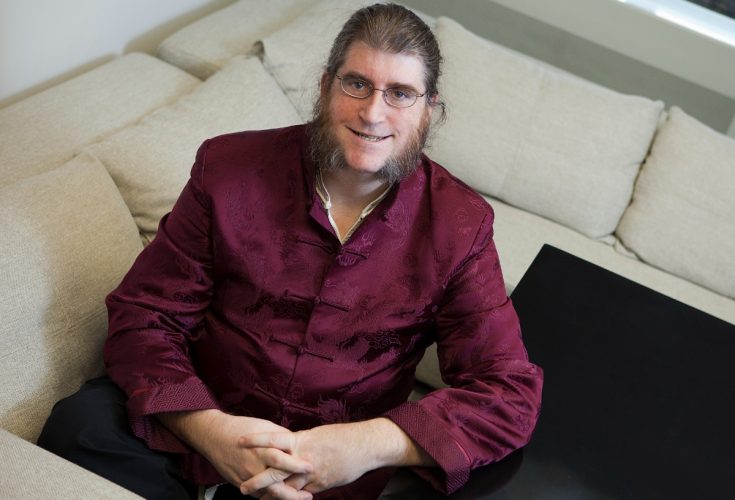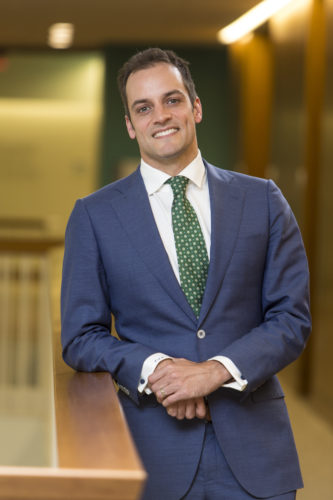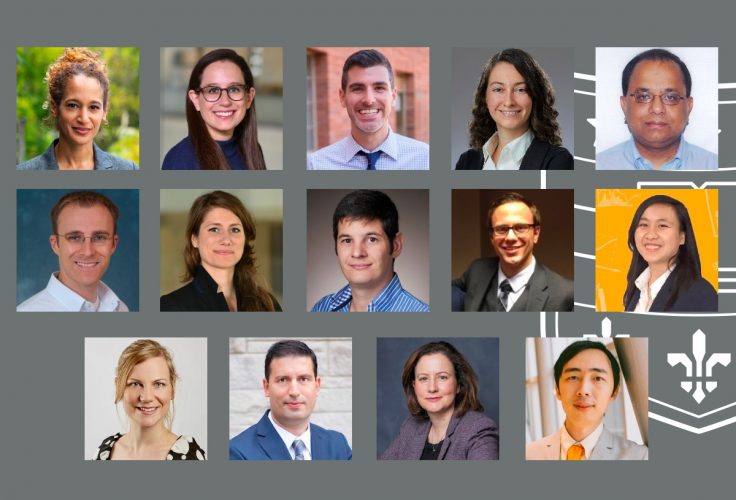Olin kudos to WashU Olin professors Stephen Ryan and Michael Wall, named recently to the Poets & Quants 2022 list of favorite MBA instructors—featuring words from their nominators such as “boldness,” “purpose-driven” and “effective.”
The feature, published in late September, gave the floor to a host of MBA students from around the country who shared their experiences with favorite professors as they were embarking on and continuing through their two-year programs.
Austin René Moulder, MBA 2022, sang praises for Wall (top right), professor of practice in marketing and entrepreneurship and codirector for the Center for Analytics and Business Insights. “He never strayed away from difficult conversations around ethics, purpose and inclusion in marketing. Despite me entering the program with a disdain for the marketing space, his transparency and boldness around leveraging marketing for social good transformed my interest to the point where I am now officially platforming in product management marketing. His keen sense of purpose-driven professorship should serve as a lesson to us all about how to positively influence others through strong values and determination.”
Riley Hawkins, MBA 2022, also had kind words for Ryan, interim director of Doctoral programs and Myron Northrop Professor of Economics. She cited her favorite class, Competitive Industry Analysis, which Ryan taught. “Before Professor Ryan’s class, economic theory was just diagonal lines on graphs. Thankfully, Professor Ryan ties all economic theory and concepts he teaches in class to tangible, real-life scenarios and cases that tremendously helped my understanding of the material.
“I deeply appreciate the extra care to ensure students commit what he teaches to memory. Finally, Professor Ryan is unapologetically himself, making him exceedingly likable. He comes to class every day ready to crack jokes, cold call by pointing directly at students, proceed to gently poke fun at anyone who isn’t prepared and start discussions that often lead to even more interesting, in-depth tangents.”










